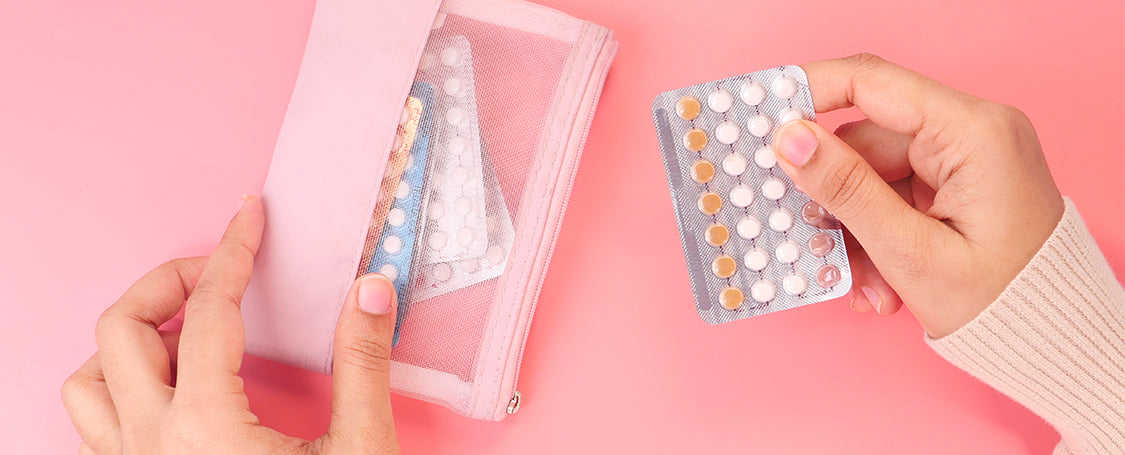
Have you gone 12 consecutive months without your period? Then you are officially experiencing menopause – that natural part of aging associated with the diminished functioning of your ovaries, resulting in lower hormones. Previous generations of women rarely discussed the topic, but the 21stC woman is confronting the subject and assessing their health. These are 6 FAQ’s.
1. Why are my hot flushes more intense than my friends?
Most women experience hot flushes, and they can last from seconds to many minutes. A common symptom of menopause can mean a red face or perspiration and it is also associated with night sweats. Your friends will have different triggers and intensity to you. Why is that? Because each human body has different genes and DNA. The oestrogen in your body is unique to you. Experts think flushes and sweats happen because of fluctuating oestrogen levels. As well as the ovaries, oestrogen is also produced by the hypothalamus. The decline in oestrogen may impact the hypothalamus - that which regulates your body temperature. Your body has a core temperature of about 37C, but when blood pours into the blood vessels in your skin, then you will become flushed and begin to sweat. This occurs when the hypothalamus receives a chemical signal and then tells the body to sweat. It acts as the main exchange for the endocrine system, which is a network of glands and organs using hormones to control your body’s metabolism. Highly complex!!! We can highly recommend using MenoCool from Natureshelp.com.au.

2. Should I use birth control once menopause starts?
Menopause indicates that you are at the end of your fertility life cycle. Officially you need to have had no period for 12 months, but it is essential that during this transition period you still use birth control. Your reproductive cycle is preparing to stop – and preparing is the operative word – as you can still get pregnant. Once you shift into the postmenopausal stage, it is recommended for the overly cautious that you practice birth control for up to 2 years after your last period.
3. Other than HRT, how can you treat hot flushes?
While HRT can reduce symptoms up to 80%, when you stop taking the drug, the symptoms persist.
- There are numerous drug treatments that may extend relief, available as ‘over-the-counter’, in consultation with your local pharmacist, but be sure that these supplements do not interfere with any other medication you may be taking.
- Try sleeping on a pillow filled with water that stays cool through the night.
- Looser fitting clothes can assist.
- Low impact exercise such as walking helps.
- As a flush overtakes your body, deep breathing distracts you to focus on a different purpose.
- Some triggers to avoid are caffeine, smoking, spicy foods, alcohol, stress and being overweight.
- Some practical women carry a small, portable fan in their handbag.
4. What natural treatments provide relief from menopause symptoms?
- Containing compounds that behave like oestrogen, soy foods enriched with isoflavones, and wild yams are being used more frequently in nutraceuticals to combat menopause symptoms.
- Even though few plant and herbal supplements have been extensively studied, black cohosh can reduce the strength of hot flushes.
- Vitamin D deficiency possibly leads to lower oestrogen levels, causing hot flushes and mood swings.
- St John’s wort may improve depression.
- The list of natural remedies is quite long. Check natureshelp.com.au for their Menopause Collection and you will see the variety of nutraceuticals included to aid in your menopause change.

5. What can I do for painful sex?
It is likely that painful sex happens because of vaginal dryness, which occurs because of decreasing oestrogen hormones. You may also have itchiness in your pubic hair. The less sex you partake in, then the drier your vagina will become.
- There is a variety of water-based lubricants and internal vaginal moisturisers available. Don’t use petroleum jelly like products inside your vagina.
- Arousal fluid or ‘getting wet’ may require more foreplay to get the vaginal fluids flowing. Communication with your sexual partner will ease the embarrassment and tension and many couples enjoy intimacy again.
- It could be that you just don’t fancy your partner anymore. The divorce rate for ’empty nesters’ is quite high.
- Avoid panty liners.
- Don’t use perfumed soap on your vaginal area.
6. What can I do with facial hair?
It doesn’t seem fair, does it? We lose hair in some places only to have it grow in others. Facial hair and whiskers, nose hair and more peach fuzz suddenly appear. That is because your body stops circulating oestrogen, but testosterone doesn’t decrease. So, what to do? Live with it? Or begin a cycle of tweezing, waxing, shaving, threading or facial creams? Or maybe the possibility of permanent hair removal by electrolysis, where a needle is inserted into the hair follicle and an electric current destroys the hair root. There is belief in vitamin B6 to help lower testosterone levels, but with enough changes going on in your body, it might not be wise to further upset the balance. You may consider a turmeric mask, whereby the natural chemicals help to slow hair growth. Best to accept the inevitable and find the quality solution by trial and error.
Remember what works for one woman doesn’t necessarily work for another. Check the complete Menopause Collection on Natureshelp.com.au for help with any symptoms you may have. They all come highly recommended. Also keep open dialogue with friends and sisters to see what works for them.
Written by Mona Hecke
Mona Hecke is a degree qualified Naturopath, nutrition specialist and health and wellness writer.
With over 20 years in the health industry, beginning with a focus on children and families, and a bestselling book ‘The Lunchbox Revolution’, Mona is now empowering women through education and conversation to take action and embrace change. Gut health, mindfulness, nutrition, hormones, and menopause are the topics that women want and need to know to create their healthy future.
Mona holds certifications in Lifestyle Coaching, Kinesiology, holistic herbal medicine, and nutrition.
A recognised leader in the health industry, Mona’s strong social media presence and passion for influencing change will continue to be a catalyst for health reform for the benefit of every Australian.






